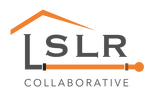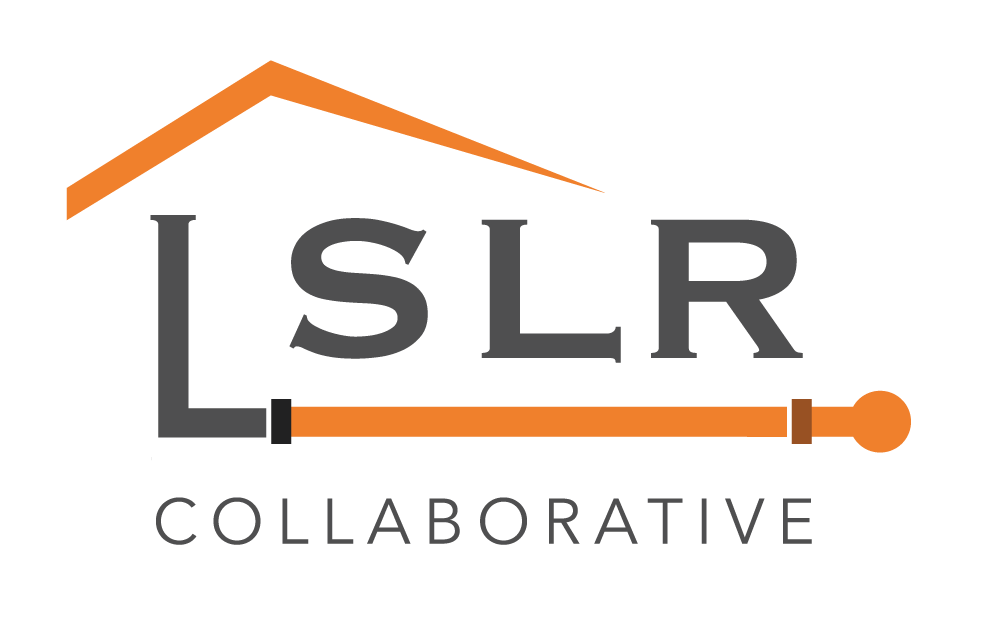|
Environmental Defense Fund As we have explained in past blogs, it is critical that states have rough estimates of how many lead service lines (LSLs) each drinking water utility in the state may have in order to develop sound policy decisions and set priorities. Congress recognized the importance of LSL inventories when it directed the Environmental Protection Agency (EPA) in the America’s Water Infrastructure Act of 2018 to develop a national count of LSLs on public and private property in the next round of the 2020 Drinking Water Infrastructure Needs Survey. States have a crucial supporting role in the Needs Survey since it is the basis of allocating State Revolving Loan Funds to the states. This month, the Association of State Drinking Water Administrators (ASDWA) released a useful guidance document to help states develop LSL inventories. The guidance builds on the lessons learned from:
Summary of ASDWA’s guidance
ASDWA’s guidance provides different recommendations for states that already require community water systems (CWSs) to submit annual reports and those that do not.
Key considerations for the survey content:
Key considerations for survey design and implementation:
Conclusion: We applaud ASDWA for releasing a guidance to help states move forward with the important step of developing an accurate inventory of LSLs in their state. The guidance provides useful and timely information for states. We encourage states to move quickly with their own efforts. We also recommend that CWSs review the guidance to develop their own inventories so they can more easily respond to state requests and develop and accelerate LSL replacement in their communities. Comments are closed.
|
Have a suggestion for an article or blog to add?
Let us know! Type
All
Date
April 2023
|


 RSS Feed
RSS Feed